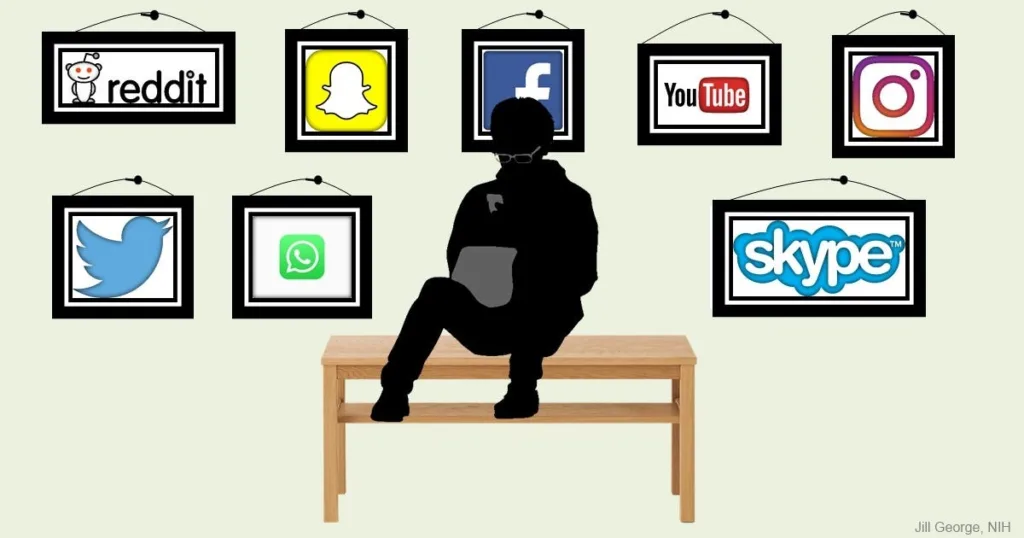In the era of smartphones and constant connectivity, today’s younger generations find themselves immersed in a digital world, ironically experiencing a sense of loneliness and disconnection. This phenomenon stands in stark contrast to the ’90s kids who navigated life without the constant companion of a phone. In this blog post, we explore the impact of digital loneliness and how freebording serves as a remedy, fostering real connections and a sense of community.
The Paradox of Digital Connectivity
Despite being more connected than ever through social media, messaging apps, and virtual interactions, younger generations often find themselves grappling with a profound sense of loneliness. The constant screen time and virtual communication fail to provide the depth and authenticity of face-to-face connections, leading to a paradoxical isolation.

’90s Kids: Unplugged and Unfazed
Contrastingly, ’90s kids grew up without the constant presence of smartphones. Their interactions were primarily in person or over landlines, fostering a different kind of social dynamic. While they navigated the challenges of their time, the absence of constant digital connection allowed for genuine, real-world friendships and experiences.

Freeboarding as a Social Catalyst
Enter freebording – a community-driven sport that transcends the limitations of digital interaction. In a world dominated by screens, freebord riders share a passion that extends beyond virtual boundaries. The sport encourages outdoor activity, real-time engagement, and a sense of camaraderie that’s often missing in the digital realm.

The Power of Shared Experiences
Freeboarding isn’t just about riding; it’s about creating shared experiences. Whether carving down hills, attempting new tricks, or attending events, freeborders build connections rooted in shared moments. The physicality of the sport brings people together, fostering a sense of belonging and breaking down the walls of digital isolation.
Breaking the Digital Chains
Freebording serves as a powerful antidote to the digital loneliness that plagues younger generations. It encourages them to step outside, connect with others, and experience the world in a way that goes beyond the confines of a screen. In the process, riders find genuine friendships, shared adventures, and a sense of community that transcends the limitations of virtual connection.
Conclusion
While the digital era has brought unprecedented connectivity, it has also ushered in a unique form of loneliness. Freebording emerges as a beacon, providing an avenue for real-world connections, shared experiences, and a sense of belonging that breaks through the digital chains. In the world of freebording, riders discover the joy of genuine connections, fostering a community that extends far beyond the digital landscape.



